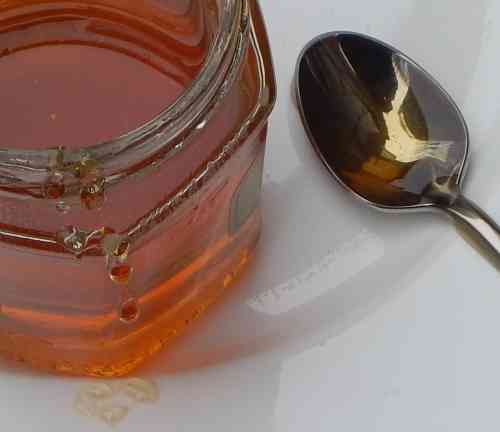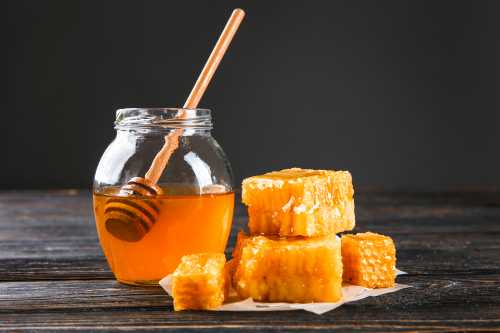What Is Tualang Honey?
Tualang honey is honey created by the giant honey bee, Apis dorsata that builds its honeycombs high in the Tualang tree.
In a way it could be said that the name ‘Tualang honey’ is a bit of a misnomer, because the honey comes from nectar gathered by the bees from a wide range of plants within the forest, not from the Tualang tree itself. This is in contrast to say, Tupelo honey, which is made from nectar gathered specifically from the white blossoms of Tupelo trees.
Where does Tualang honey come from?
The Tualang tree (Koompassia excelsa) is a large tree found in lowland tropical rainforests in Malaysia, Sarawak, Sabah, and Kalimantan. The tree is called Tualang only in Malaysia (for example, it is called the Tapang tree in Sarawak). The trees regularly grow over 250 feet tall – some reaching over 300 feet.
The bees make the honey from the nectar of all kinds of plant in the forest, so it is a blossom honey, not a mono-floral honey, and is also not a honeydew (forest honey).
Due to the wide foraging range of the giant honey bee, the honey is made from a wide range of plant nectars, so the honey can vary in color – resulting in what is known as black honey, yellow honey, or white honey, with taste varying in bitterness, sweetness, sourness, and floral quality.
Why Is It Called Tualang honey?
We know that the giant honey bee create combs underneath tree branches. One of the trees that they favour is the tualang tree, possibly because, these trees are tall and have smooth, slippery trunks, so it is difficult for bee predators (such as sun bears) to climb.
In any event, these trees are quite popular with Apis dorsata, and it is common to see an individual tree with many combs hanging from the branches.
In other words, it’s just that the honey is collected from honeycombs that hang from the Tualang tree.
How is Tualang honey harvested?
Collecting the honey is quite difficult – the bees can’t be ‘domesticated’ into hives as the bees are very defensive. Honey must be gathered from the combs which are high up in very tall trees, and the smooth trunk makes climbing a challenge.
The people that harvest the honey will often construct ladders fastened up the trunk of the tree. Some honey gatherers perform a ritual before commencing the collection process, then climb the tree with smouldering torches being banged against the trunk of the tree to distract and confuse the bees into attacking the sparks of fire rather than the harvester.
A single comb might be harvested every 3-4 months.
Why is Tualang honey expensive?
In view of the rarity of the honey, coupled with the difficulties encountered in collecting it, it perhaps no surprise that Tualang Honey is very expensive.
I have not seen Tualang Honey on the shelves of any shops in my locality, but an internet search brings up online sellers asking anything from $150 to $270 (between £110 and £190) per kilo – with the most expensive I’ve seen costing over £700 (almost $1,000) per kilo!
(I have seen some reports extolling the potential health benefits of Tualang honey, but for comparison, even Manuka Honey can be bought for less than £40 / $55 per kilo).
One advantage of the high price of the honey, however, might be that the Tualang trees are more valuable for their honey than for their timber, so the bees making honey may ensure that the trees are not cut down for their wood.
On the other hand, the high price and multi-floral nature of the honey, may make it an attractive market for fake Tualang Honey, or at least product which is highly contaminated. This kind of activity is already happening with other premium honeys, for example, there is more "Manuka Honey" sold than is actually made.
Read: Tualang Honey vs Manuka Honey
If you found this page helpful or interesting, I'd really be grateful if you would share it with others - if not this page, perhaps another, such as Gardening For Bees.
Thank you so much :) .

